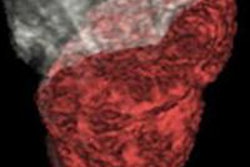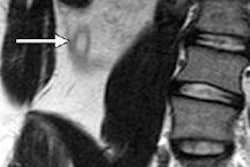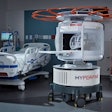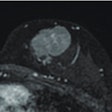Researchers at Johns Hopkins University are using specialized 3D MRI to measure living and dying tumor tissue to show whether highly toxic chemotherapy is working.
The findings from a series of studies in patients with primary liver cancers or metastasized tumors in the liver were presented on March 16 at the Society of Interventional Radiology (SIR) annual meeting.
The results are an early confirmation that the imaging technique can show tumors in 3D and accurately measure tumor viability and death, according to a release from Johns Hopkins. In addition, the findings suggest that using the technique before and after treatment is a better way to predict patient survival after chemoembolization.
While standard methods of assessing tumor response are based on 2D images and tumor size, the new technology also distinguishes between dead and living tissue. The 3D technology builds upon 2D methods and uses computer analytics to evaluate the amount of contrast absorbed by tumor tissue: Living tissue will absorb more contrast than dead tissue, the researchers believe.
Knowing the true extent of a tumor's response to chemoembolization is particularly important for patients with moderate to advanced stages of the disease, whose liver tumors might initially be too large or too numerous to surgically remove, said senior investigator Dr. Jean-Francois Geschwind.
In the first study of 17 patients, the error margin of the new 3D analysis was less than 10% for predicting the amount of dead tumor tissue versus pathology, compared with as much as 40% with the 2D method. In additional studies of more than 300 liver tumors in 123 patients, standard methods showed slightly less difference in survival between patients who responded to therapy and those who did not, compared with the 3D technique.



.fFmgij6Hin.png?auto=compress%2Cformat&fit=crop&h=100&q=70&w=100)




.fFmgij6Hin.png?auto=compress%2Cformat&fit=crop&h=167&q=70&w=250)











